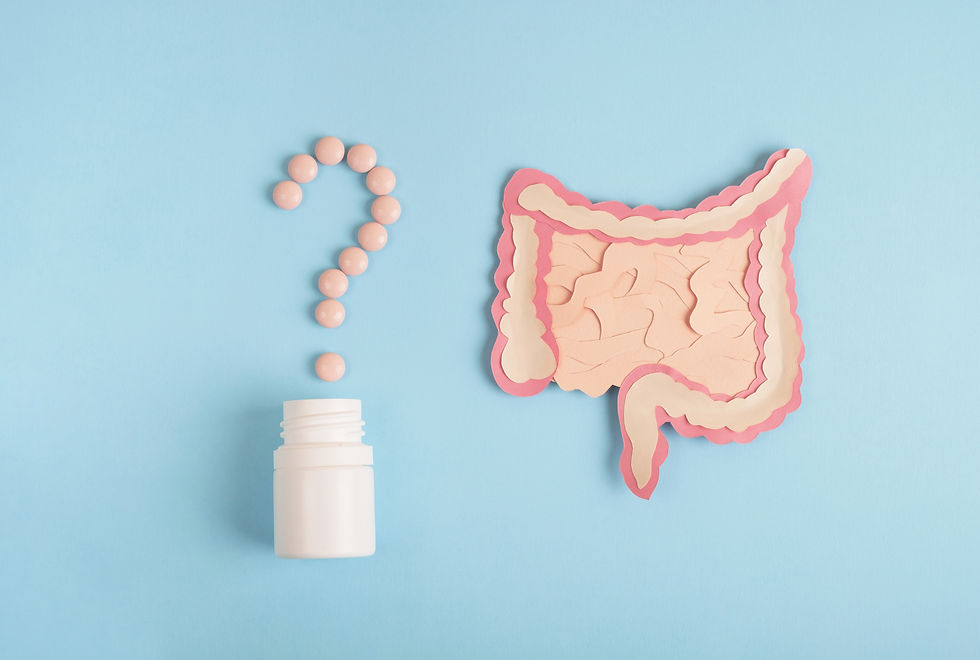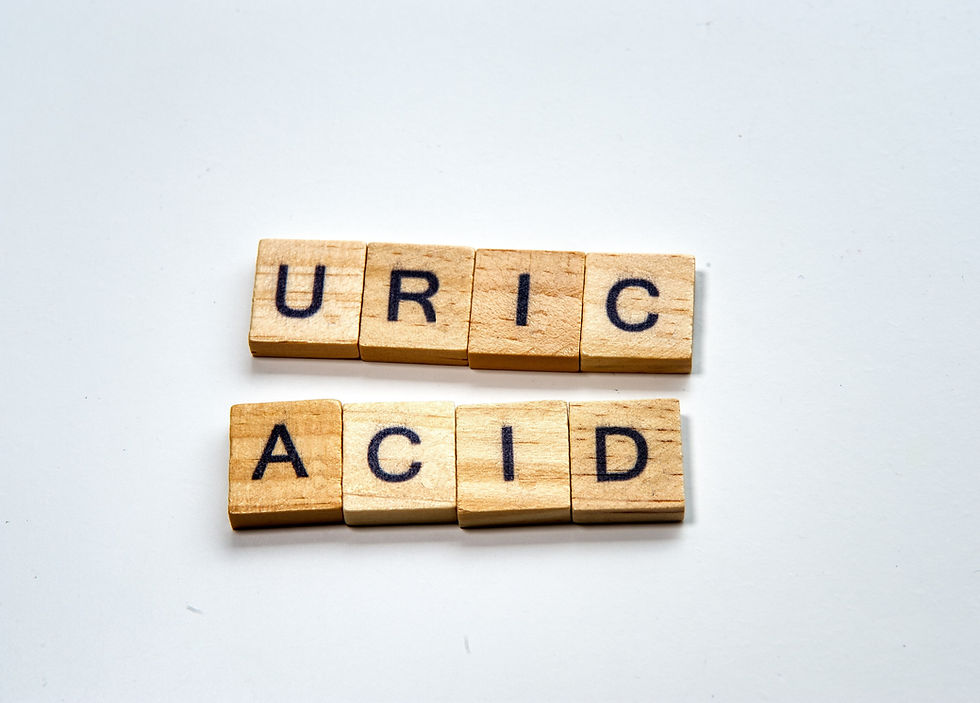Lacticaseibacillus rhamnosus IDCC3201: A Probiotic Approach to Alleviating Sarcopenia
- Yoona

- Apr 12, 2024
- 4 min read
The Rising Concern of Sarcopenia
Sarcopenia, characterized by the loss of skeletal muscle mass and strength, is becoming a prominent health concern as the global population ages. This condition not only affects the quality of life but also increases the risk of falls, fractures, and overall morbidity in the elderly. According to a report by Grand View Research, the global sarcopenia treatment market size was valued at USD 2741.4 million in 2019 and is expected to grow at a CAGR of 4.5% from 2020 to 2027. This growth is driven by increasing awareness of sarcopenia as a treatable condition and the expanding elderly population.

Academic Studies on Probiotics and Muscle Health
Emerging research has begun to highlight the potential role of the gut microbiome in muscle health, introducing the concept of the "gut-muscle axis." This theory suggests that the gut microbiota can influence muscle mass and function through the production of metabolites that may modulate muscle physiology. Studies indicate that probiotics, which alter the gut microbiota composition, can potentially play a role in preventing or managing sarcopenia.
For instance, research published in Nutrients discusses how specific probiotic strains can mitigate inflammation—a key factor in muscle degradation. Furthermore, clinical trials, such as those detailed in Experimental Gerontology, demonstrate that probiotics can improve physical performance and muscle function in elderly subjects. Probiotics facilitate the absorption and synthesis of essential nutrients, including proteins and vitamins, which are crucial for maintaining muscle integrity.
The Role of Lacticaseibacillus rhamnosus IDCC3201 in Alleviating Sarcopenia
One particular strain of probiotic that has shown significant promise in the fight against sarcopenia is Lacticaseibacillus rhamnosus IDCC3201. A detailed study published in the journal Food & Function titled "Dietary supplementation with Lacticaseibacillus rhamnosus IDCC3201 alleviates sarcopenia by modulating the gut microbiota and metabolites in dexamethasone-induced models" provides profound insights into how this probiotic can be utilized.
Study Overview
The research focuses on the effects of L. rhamnosus IDCC3201 on skeletal muscle atrophy induced by dexamethasone—a commonly used model to mimic muscle loss associated with aging and chronic conditions. The study utilized both in vitro (C2C12 murine myoblast cells) and in vivo (mouse models) approaches to ascertain the probiotic's efficacy.
In Vitro Findings
L. rhamnosus IDCC3201 was shown to improve cell viability and increase the diameter of myotubes in C2C12 cells. It significantly reduced the levels of muscle atrophy markers such as Atrogin-1 and MuRF-1, suggesting that this probiotic has a direct beneficial effect on muscle cells.
Fig. 1 L. rhamnosus IDCC3201 inhibits DEX-induced muscle atrophy in C2C12 cells. (A and B) Cell viability assays displaying the impact of various treatments on C2C12 myoblast or (C and D) myotube cells. (E) Representative images from PAS staining of myotubes subjected to DEX treatment in conjunction with varying concentrations of IDCC3201 CM or EX. (F) Giemsa-stained images highlighting the morphological changes in myotubes following treatment. Statistical significance was determined by an unpaired t test. *P < 0.05 vs. DIF. #P < 0.05 vs. DIF + DEX.
In Vivo Results
In mouse models, supplementation with L. rhamnosus IDCC3201 resulted in notable improvements in body composition, specifically in lean mass and muscle strength. The treated mice exhibited enhanced myofibril size and an upregulated transcriptional level of myosin heavy chain family genes, which are crucial for muscle function.
Fig. 4 L. rhamnosus IDCC3201 treatment increased lean mass and muscle strength in DEX-administered mice. Seven-week-old male C57BL/6J mice were subjected to an oral administration of IDCC3201 (108 CFU per 0.1 mL per mouse per day) for 4 weeks before intraperitoneal injection of DEX (20 mg per kg per day) for 9 days. (A) Schematic diagram of the in vivo experimental flow. (B) Mouse body weights were monitored weekly. Prior to euthanization, assessments were made on (C) lean body mass and (D) hand grip strength tests. Mice were sacrificed, and muscle tissues, including (E) quadriceps, (F) gastrocnemius and (G) tibialis anterior, were isolated and subsequently weighed. *P < 0.01 vs. normal. #P < 0.01 vs. DEX. Data represent the averages from three replicates, and error bars represent standard deviations (SD). Normal, saline control; DEX, DEX-treated positive control; and DEX + IDCC3201 DEX induction with IDCC3201 pretreatment.
Mechanisms of Action
The study hypothesized that the beneficial effects of L. rhamnosus IDCC3201 are mediated through its impact on the gut microbiota and the associated metabolic changes. Supplementation with this probiotic strain led to increased production of branched-chain amino acids (BCAAs) and improvements in the gut microbiota, particularly enhancing the presence of beneficial bacterial genera such as Allobaculum.
Implications and Future Directions
This research underscores the potential of probiotics as a therapeutic option not just for gut health but also for sarcopenia and related muscular degenerative conditions. The ability of L. rhamnosus IDCC3201 to influence muscle metabolism through the gut microbiota opens up new avenues for non-pharmacological interventions against muscle loss in the elderly.
For More Information
To explore more about Lacticaseibacillus rhamnosus IDCC3201 and its potential applications in sarcopenia treatment, please visit www.ildongbio.com. This site offers comprehensive resources and further information on the latest research and developments in the field of probiotics and their health implications.
Conclusion
The convergence of microbiology, nutrition, and muscle physiology in the study of probiotics like Lacticaseibacillus rhamnosus IDCC3201 represents a promising frontier in the management of sarcopenia. As we continue to unravel the complex interactions within the gut-muscle axis, the role of the microbiota in health and disease becomes increasingly apparent, providing new strategies to enhance muscle health and overall well-being in aging




